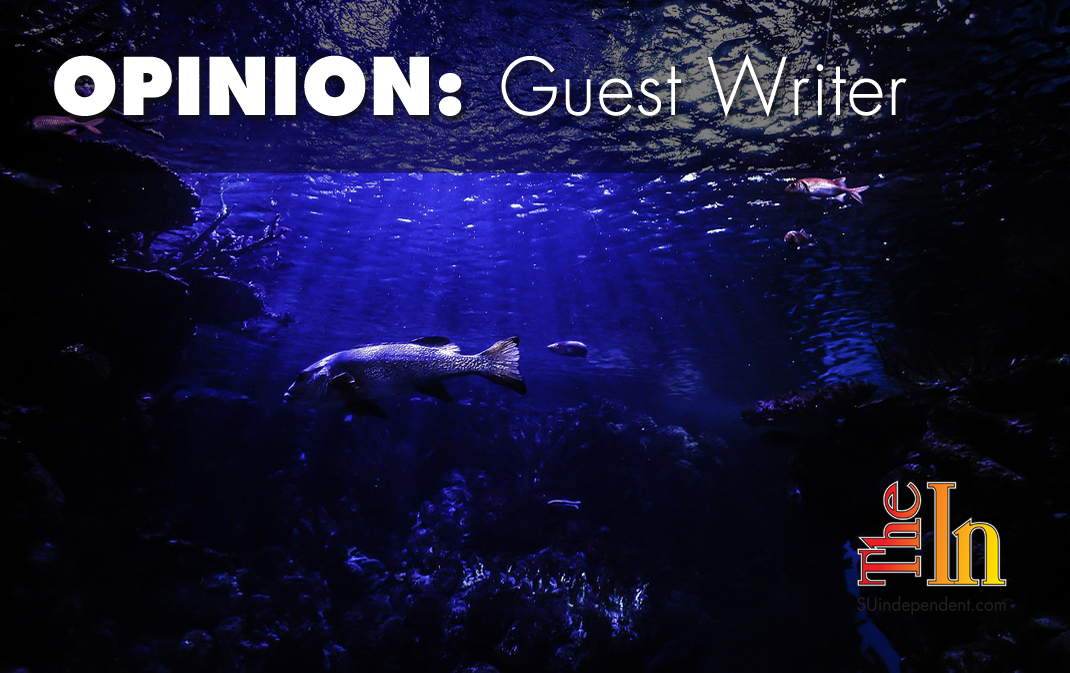
Caving on offshore drilling: America last
By Robert Bradley
A liberal judge just blocked one of President Trump’s most important reforms, one designed to create hundreds of thousands of jobs and keep our pump prices low.
Soon after taking office, President Trump opened America’s offshore territories to oil and gas exploration. And despite the recent shutdown, the Interior Department continued to issue permits for seismic surveying, the first step in locating those deep-sea energy reserves.
But this winter, Richard Gergel, a U.S. District Court Judge in South Carolina, issued a nationwide injunction to prevent the administration from issuing any new survey permits during a shutdown.
His decision is a rare victory for anti-drilling activists who want to resurrect Obama’s radical anti-fossil-fuel agenda. The keep-it-in-the-ground activists have all but been defeated by President Trump’s let-the-market-decide, America-first energy policy.
The forgotten men and women of this country are counting on energy freedom to unlock our offshore energy riches.
And what riches lay at the end of this rainbow?
The Outer Continental Shelf — the underwater land off the coast of Alaska, the Pacific states, the Gulf states, and the Eastern seaboard — contains an estimated 90 billion barrels of oil and 327 trillion cubic feet of gas. Despite this immense bounty, the Obama administration rejected almost every proposal to drill in it, closing off over 90 percent of the territory.
In April 2017, President Trump issued an executive order opening it back up, setting the groundwork for drilling to start over the next five years. Accordingly, the Interior Department started processing five seismic testing permits for the mid-Atlantic shelf, stretching from Florida to Delaware.
During these tests, ships fire highly compressed air into the ocean, producing sound waves that bounce off the seafloor. Those reflected waves are used to create three-dimensional maps of the underground topography, including the location of oil and gas reserves.
Activists have tried to paint seismic surveys as a violent disruption of the fragile ocean ecosystem.
“Seismic testing risks injuring and killing critically endangered species,” says Rep. Frank Pallone, a Democrat who chairs the House Energy and Commerce Committee.
That’s hyperbole. The supposed danger of seismic surveys is “wildly exaggerated and not supported by the evidence,” says William Y. Brown, the chief environmental officer at the Bureau of Ocean Energy Management during the Obama administration.
How can officials be so sure? Simply, seismic surveys are not dangerously loud. They’re roughly as loud as naturally occurring sounds such as sperm whale echolocation, lightning strikes, and heavy waves.
Nonetheless, activist-stoked hysteria is fueling a nationwide pushback against the Trump offshore program. Nine state attorneys general — including those for Massachusetts, Virginia, and New York — have sued the federal government to halt seismic surveying.
President Trump shouldn’t budge. Fully developing the oil and gas resources in the Atlantic OCS would generate nearly a quarter of a million new jobs and add $22 billion to annual growth.
The bounty would also shore up ailing state budgets. Atlantic offshore drilling would funnel $2.5 billion to North Carolina, $1.5 billion to South Carolina, and $1.4 billion to Virginia in local and state tax revenue over 20 years.
Seismic surveys are safe. And they’ll help power the American energy renaissance to new heights of production and prosperity, as long as President Trump doesn’t let an anti-industrial fringe obstruct his agenda.
Robert L. Bradley Jr. is founder and CEO of the Institute for Energy Research, a public policy think tank.
The viewpoints expressed above are those of the author and do not necessarily reflect those of The Independent.
How to submit an article, guest opinion piece, or letter to the editor to The Independent
Do you have something to say? Want your voice to be heard by thousands of readers? Send The Independent your letter to the editor or guest opinion piece. All submissions will be considered for publication by our editorial staff. If your letter or editorial is accepted, it will run on suindependent.com, and we’ll promote it through all of our social media channels. We may even decide to include it in our monthly print edition. Just follow our simple submission guidelines and make your voice heard:
—Submissions should be between 300 and 1,500 words.
—Submissions must be sent to editor@infowest.com as a .doc, .docx, .txt, or .rtf file.
—The subject line of the email containing your submission should read “Letter to the editor.”
—Attach your name to both the email and the document file (we don’t run anonymous letters).
—If you have a photo or image you’d like us to use and it’s in .jpg format, at least 1200 X 754 pixels large, and your intellectual property (you own the copyright), feel free to attach it as well, though we reserve the right to choose a different image.
—If you are on Twitter and would like a shout-out when your piece or letter is published, include that in your correspondence and we’ll give you a mention at the time of publication.



